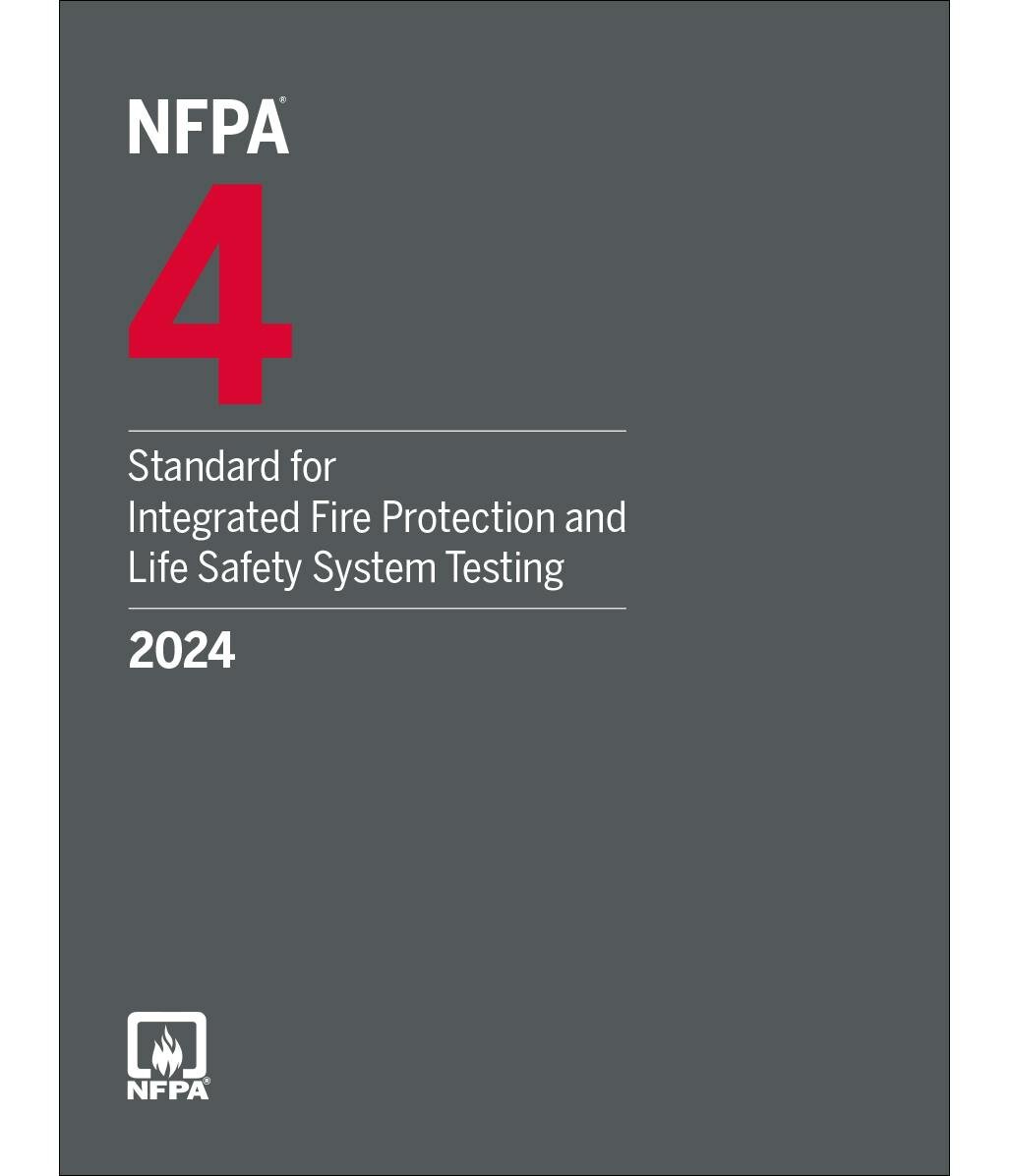


In today’s interconnected world, a failure in fire protection is rarely isolated — and a single malfunction can jeopardize an entire life safety strategy
In modern buildings, fire protection and life safety systems are no longer stand-alone setups. Sprinklers, alarms, smoke control systems, fire doors, and emergency lighting often function as interconnected components that must work in unison during an emergency. When lives are at stake, it’s not enough for each system to function independently — they must perform reliably as an integrated whole. This is the core principle behind NFPA 4: Standard for Integrated Fire Protection and Life Safety System Testing.
Developed by the National Fire Protection Association (NFPA), NFPA 4 provides a framework for the testing of integrated systems to ensure they function properly as a unified safety solution. This standard addresses the procedures and responsibilities involved in verifying that interconnected fire and life safety systems perform according to their design intent during real-world scenarios.
Instead of only confirming individual systems meet code requirements, NFPA 4 requires that all interconnected components be tested together — confirming that signals, responses, delays, and sequences happen as intended during a fire or emergency situation.
In complex buildings like hospitals, airports, industrial facilities, and high-rise towers, multiple systems often interact. For instance, a fire alarm might trigger the release of magnetic door locks, activate voice communication, start smoke exhaust fans, and shut down HVAC systems — all within seconds. If one part of this chain fails, the consequences could be catastrophic.
NFPA 4 ensures:
All systems communicate and respond properly in sequence
Delays, timing, and logic are validated under actual test conditions
Responsibility is clearly assigned for the planning, coordination, and documentation of testing
NFPA 4 outlines several critical areas:
Integrated Testing Plan (ITP): A coordinated document that outlines how the tests will be conducted, which systems are involved, and what sequence of operations is expected.
Test Team Coordination: Involves multiple stakeholders including system designers, commissioning agents, contractors, building owners, and Authorities Having Jurisdiction (AHJs).
Test Execution and Documentation: Specifies how tests are performed and recorded, ensuring traceability and accountability.
Testing under NFPA 4 often occurs after installation and prior to occupancy, but it may also be conducted during renovations, retrofits, or system upgrades. In some jurisdictions, periodic integrated testing is required to maintain compliance.
Reduces life safety risks by catching integration failures early
Improves building system reliability and performance
Fulfills code compliance and inspection requirements
Promotes teamwork among contractors, owners, and authorities
In today’s interconnected world, a failure in fire protection is rarely isolated — and a single malfunction can jeopardize an entire life safety strategy. NFPA 4 sets the standard for making sure every component in a building’s fire protection system responds precisely and dependably when it matters most.
When systems must work together, NFPA 4 ensures they do.
For consulting or implementation assistance, contact us at
Mail: [email protected]
